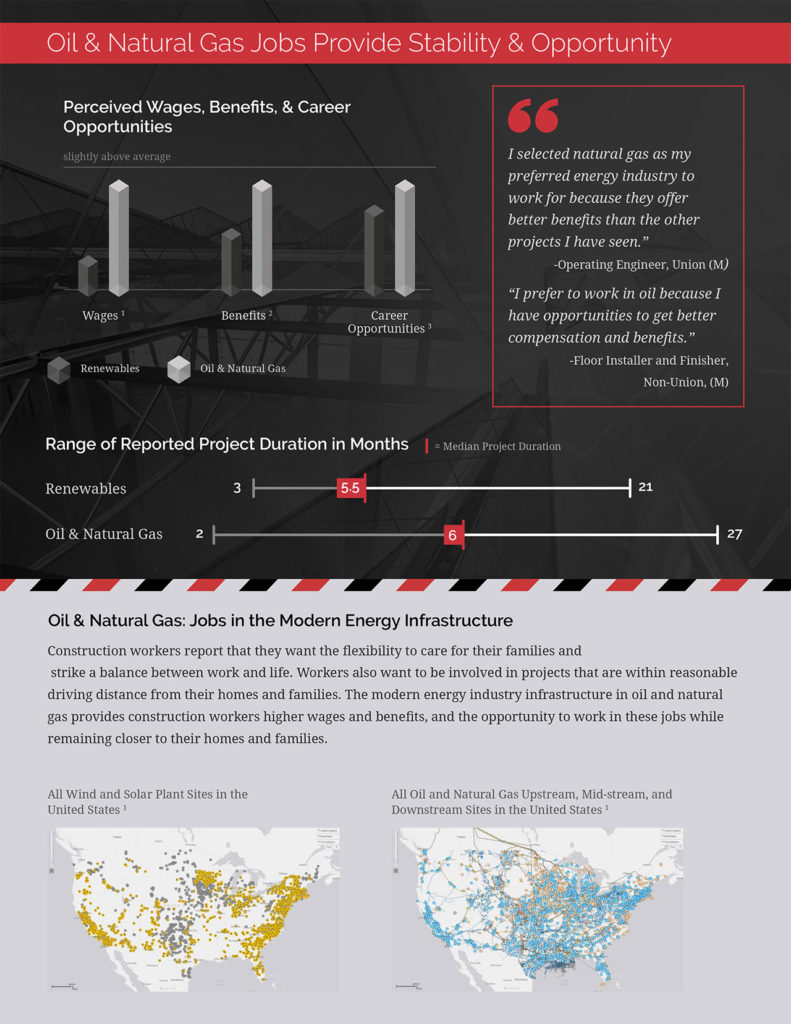by Gary Arndt | Aug 12, 2015 | National News, PLA Success Stories
CA Newspaper Column Criticizes PLAs; State Building Trades President Robbie Hunter Responds
For additional BCTD news: http://www.bctd.org/Index.aspx
Bills would hike school-construction tab - Unions quietly push agenda to promote Project Labor Agreements
By Steven Greenhut
SACRAMENTO — Many far-reaching bills proposed in the state Capitol grab headline coverage, such as ones involving global-warming, physician-assisted suicide and immigration. It’s hard for Californians to miss those high-profile debates additional info. But many significant legislative changes take place under the radar, with little public discussion or debate.
One of those issues involves the construction of school facilities and other public-works projects. Through a variety of bills — most of which are still alive, and one which has made its way to the governor — the state’s construction unions are trying to prod local agencies to use what are known as project labor agreements, or PLAs.
These are union-only agreements. If, say, a school district enters into one of them for the construction of a new high school, the bid-winning contractor must hire most of his or her labor in the union hiring hall, pay into the union health and retirement system (even if he already pays benefits for his workers), pay union dues and train workers in apprenticeship programs.
Most studies suggest these agreements hike constructions costs by as much as 25 percent because they reduce the number of contractors — and especially lower-cost nonunion contractors — who bid for these projects. As a result, trade unions have had a tough road in convincing districts to embrace them given the impact on costs, even though they tout them as a way to assure labor peace (i.e., no strikes).
In the last 15 years, school districts have passed 720 construction bonds, explains Eric Christen, executive director of the Poway-based Coalition for Fair Employment in Construction, which fights against PLAs. Of those, only 37 have had a PLA. “Unions haven’t been successful at the districts, so what do you do?,” he asked. You change state law.
The State Construction Trades Council of California is upfront that several bills have the goal of “incentivizing the use of Project Labor Agreements.” In particular, they impose new regulations on school districts to assure they hire a “skilled and trained workforce” on many projects. That means workers who have completed union-dominated apprenticeship programs. Districts can opt out of those cumbersome provisions by signing a PLA.
“It would virtually put us out of business,” said Kathy Rodriguez, of SJR Masonry and Construction in rural Humboldt County. It would force her employees to go to an apprenticeship program, typically lasting more than four years. There aren’t many union contractors in her rural area, which would mean shipping in contractors from the Bay Area or Sacramento. The closest masonry program is more than four hours away. Critics also point to a shortage of workers who would be qualified to work in many parts of the state under the terms of the legislation.
“We believe that our construction project costs would see increases in the 20 percent-25 percent range,” wrote Kern (County) High School District Trustee Jeff Flores, in one of many letters from rural officials to AB 566’s author, Assemblyman Patrick O’Donnell, D-Long Beach. “Additionally, we estimate about 50 percent of the local workers would not qualify to work on our projects.”
The apprenticeship bills allow nonunion workers if they prove “equivalency” with their skills, but as Rodriquez explains, they must prove the hours they have worked in the exact type of work detailed in the programs. By the way, around 84 percent of the state’s contractors are open shop, according to the Associated Builders and Contractors, which represents nonunion contractors. PLAs cut them out of the mix unless they become de facto union contractors.
Other bills advance a similar agenda. For instance, AB 1185 creates a pilot project that allows “a procurement process whereby the selected bidder may be selected on the basis of objective criteria for evaluating the qualifications of bidders with the resulting selection representing the best combination of price and qualifications.” Adding subjective criteria gives union firms another leg up.
This is a strange approach for the Legislature to take when virtually everyone — Democrat and Republican — complains about insufficient infrastructure funding. At the very least, these policies deserve wider discussion.
Response Submitted by President Robbie Hunter:
Steven Greenhut’s July 20 column complaining that legislation that encourages school districts to utilize project labor agreements will raise the cost of school construction is entirely wrong. These bills do nothing of the sort.
Greenhut justifies his conclusion by claiming “most studies” conclude that PLAs raise costs by as much as 25 percent. Actually the study to which he refers is a 2011 report bought and paid for by the anti-union lobbying group Associated Builders and Contractors (with whom the author’s apparent sole source, Eric Christen, is closely aligned). Even before that report was published, a researcher that the authors actually quoted, labor economist Dale Belman of Michigan State University, debunked it. They had misrepresented his research and misstated his conclusions, Dr. Belman said, adding that he had reached exactly the opposite conclusion. “When appropriate controls are included for differences in characteristics of schools built including school type and location, building specifications, materials used, etc., there is no statistical evidence that PLA schools are more costly compared to non PLA schools.”
Of course, this faulty study was commissioned by the ABC with a goal to garner favorable anti-labor publicity from reliably right-wing media outlets and pundits, as it has once again with Mr. Greenhut.
Greenhut is also wrong to call PLAs “union-only” agreements. Non-union contractors are free to bid on projects with PLAs, and frequently do. The Los Angeles Unified School District (LAUSD) has a $22 billion building program which is under a project labor agreement. Over 40 percent of the contracts that have been awarded on their projects are to non-union contractors. Similar numbers have been reflected in the Los Angeles Community College $11 billion construction program and Los Angeles International Airport, which has a $15 billion construction program that is a year ahead of schedule, and $1 billion under budget. The fact that some non-union contractors don’t like PLAs because of the requirements for higher quality work and a superior skilled and trained work force, doesn’t change the fact that they remain free to bid.
Greenhut also repeats ABC’s absurdly dishonest claim that 84 percent of construction contractors are non-union. We represent 400,000 union construction workers in California and 95 percent of all apprentices registered in state-approved apprenticeship programs, so unless ABC is hiding about 2.5 million non-union workers somewhere, the claim is impossible. Maybe they are counting fly-by-night contractors that function under the underground economy, paying cash to unskilled low-wage workers whom they often pick up from gathering points at street corners and Home Depot parking lots.
In fact, in 2010, out of 345,000 licensed contractors in California, ABC claimed only 1,156 members, less than 0.4 percent! Yet, according to the state’s Division of Labor Standards Enforcement, those contractors accounted for 24 percent of all fraud on public works projects!
The author then complains that PLAs favor workers “who have completed union-dominated apprenticeship programs.” True. And that’s because non-union contractors, by their own admission, to a large extent lack effective training. ABC admitted to the Division of Apprenticeship Standards in a 2007 letter that over a 10-year period, its training apprenticeship program “has had 0% graduates to date,” and then stating the obvious, “It is definitely below the required minimum.”
Greenhut talks about ensuring the best-trained, highly skilled workers, as opposed to low-wage untrained workers, for school projects, like that’s somehow a bad thing. He even acknowledges that “evaluating the qualifications of bidders with the resulting selection representing the best combination of price and quality” will give union firms “another leg up.”
Greenhut did not contact our office in preparing his one-sided polemic. Nonetheless, we believe he has actually made a strong and convincing case as to why these bills, to ensure an efficient, streamlined, highly skilled workforce, union or non-union, under the lowest bid, on schools and other public works projects, should all be enacted.















